James Earle Fraser and the Buffalo Nickel
Post by: Walt Durham
in Gold & Silver
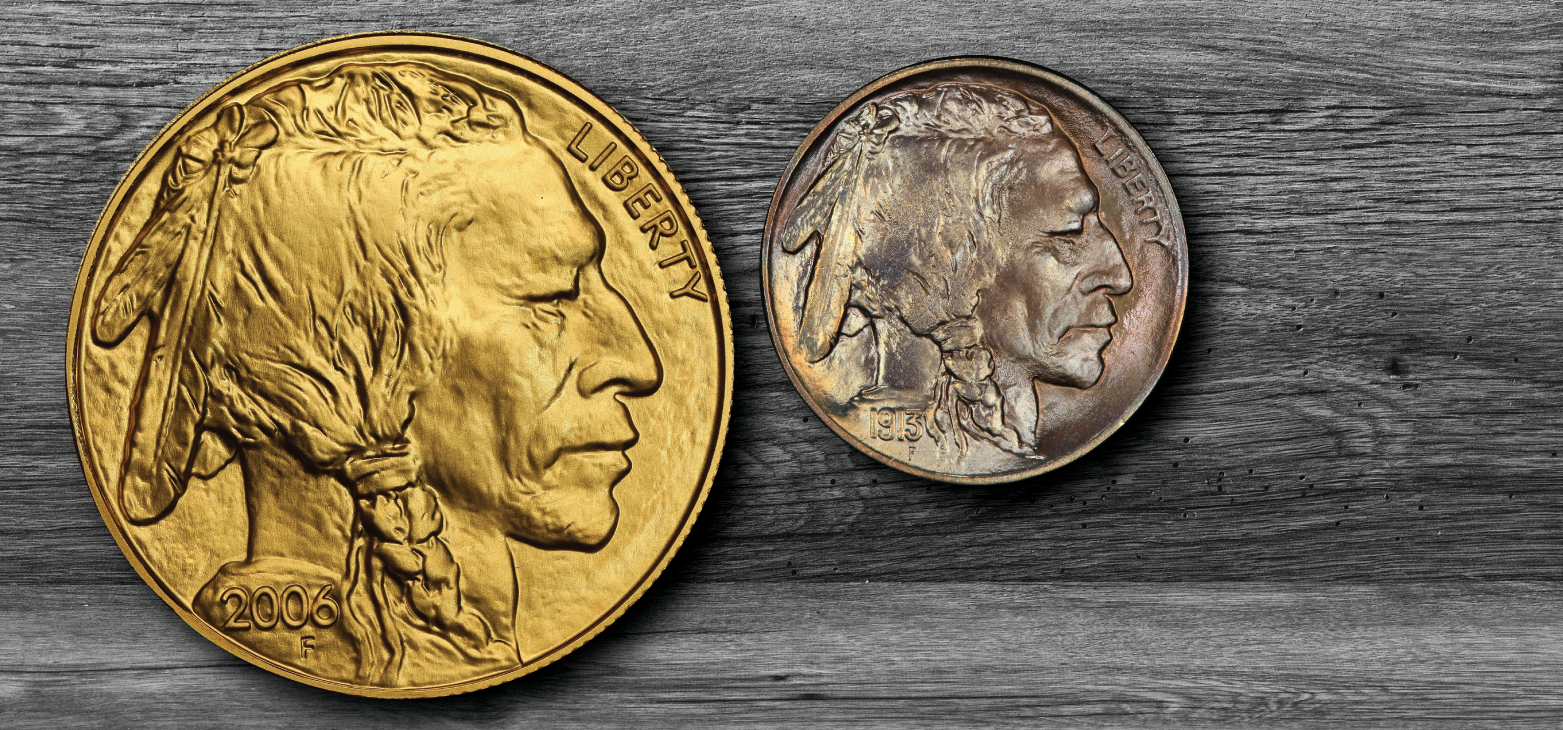
James Earle Fraser and the Buffalo Nickel
The Gold American Buffalo draws its inspiration from the Buffalo nickel, a coin of the 20th century originally crafted by the talented artist James Earle Fraser.
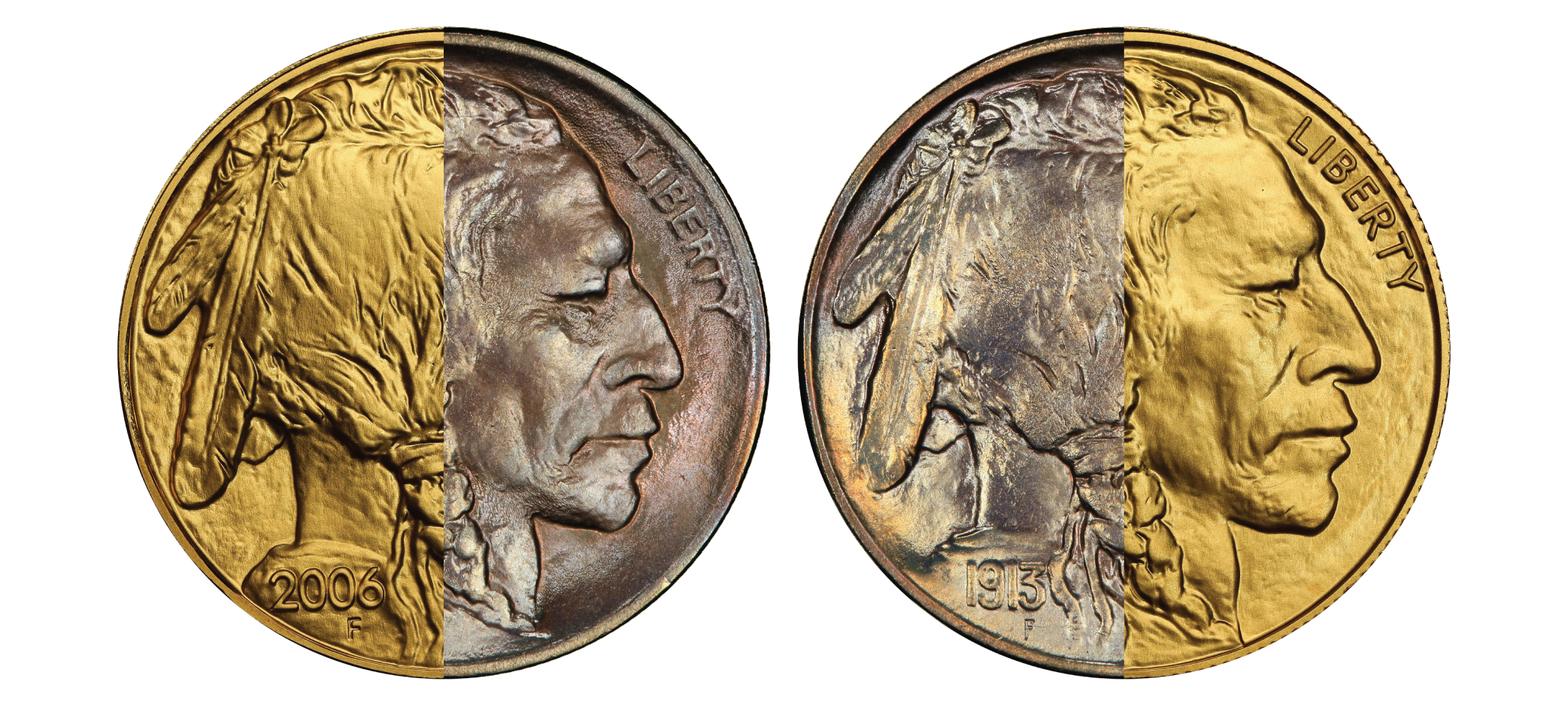
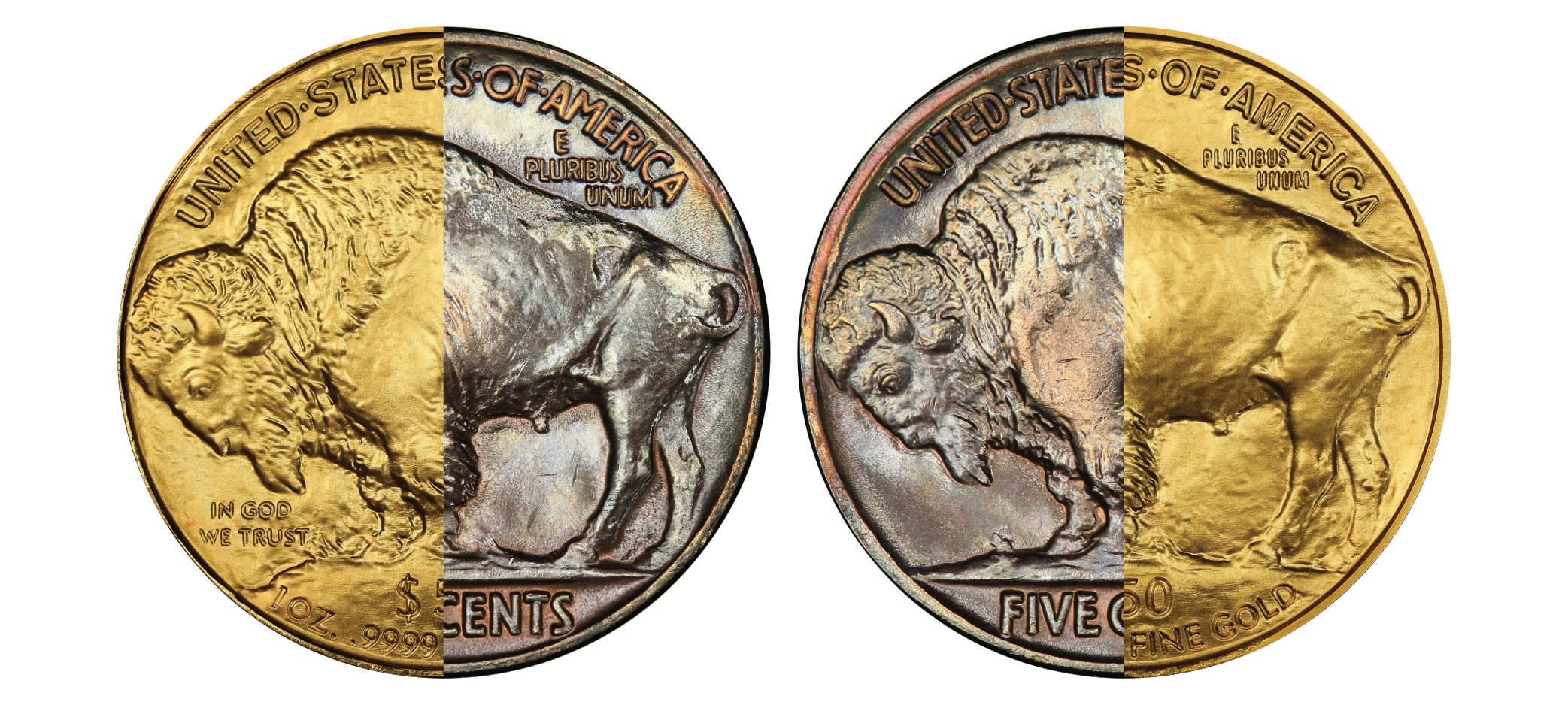
Back in 1911, during the Taft Administration, there was a desire to enhance the aesthetics of various coin denominations. Specifically, they aimed to redesign the five-cent piece to replace the existing Liberty Head coin.
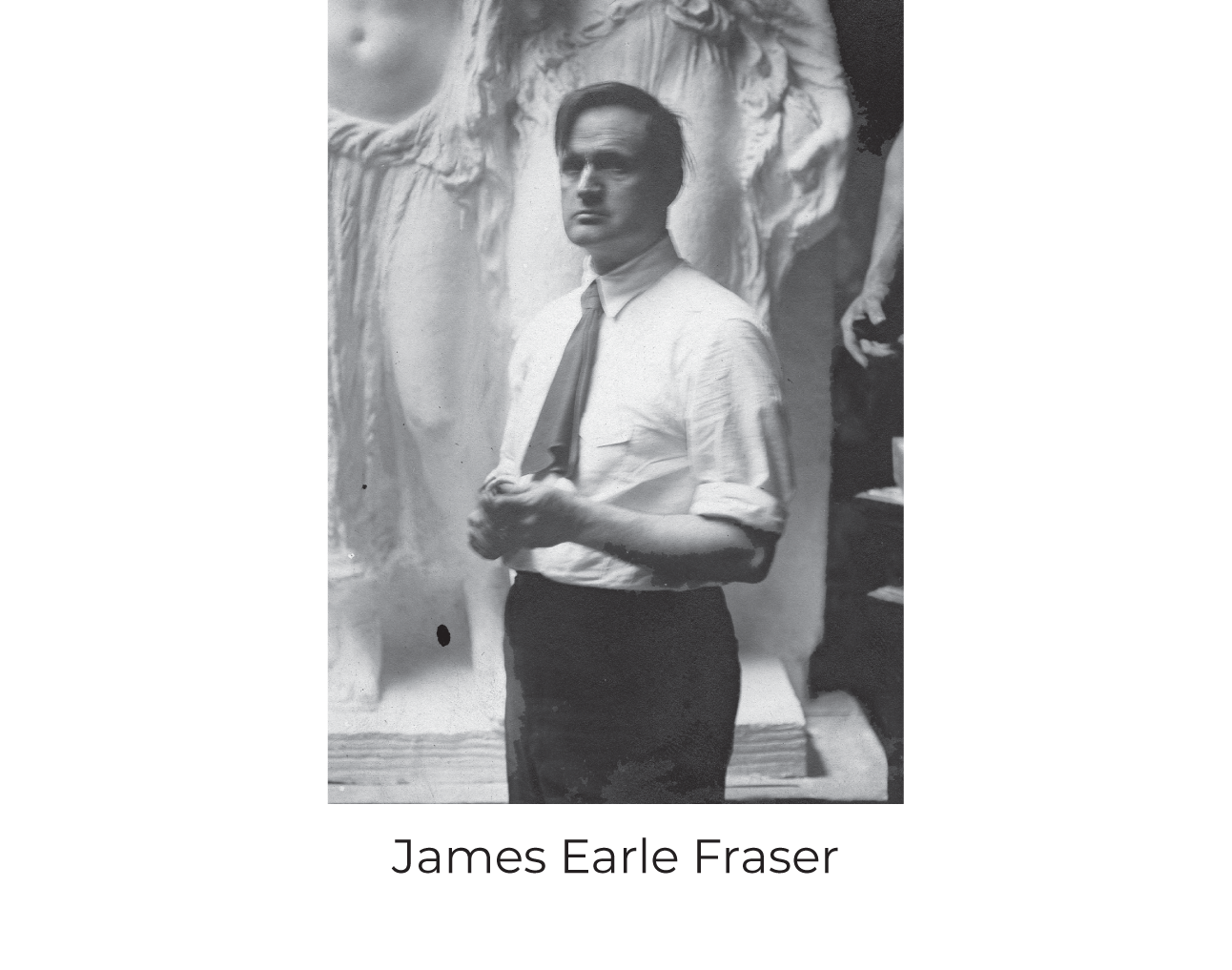
James Earle Fraser, a renowned sculptor of his time, was chosen to undertake this artistic endeavor. Fraser's fascination with Native American culture and rituals served as a rich source of inspiration for his design. The administration was captivated by his portrayal of Native American elements and the majestic buffalo, and they decided to feature these designs on both sides of the new coin. Thus, the Buffalo nickel, often referred to as the Indian Head nickel, received approval in 1912. Despite some objections that led to a few months of delays, the coin was ultimately issued in 1913.
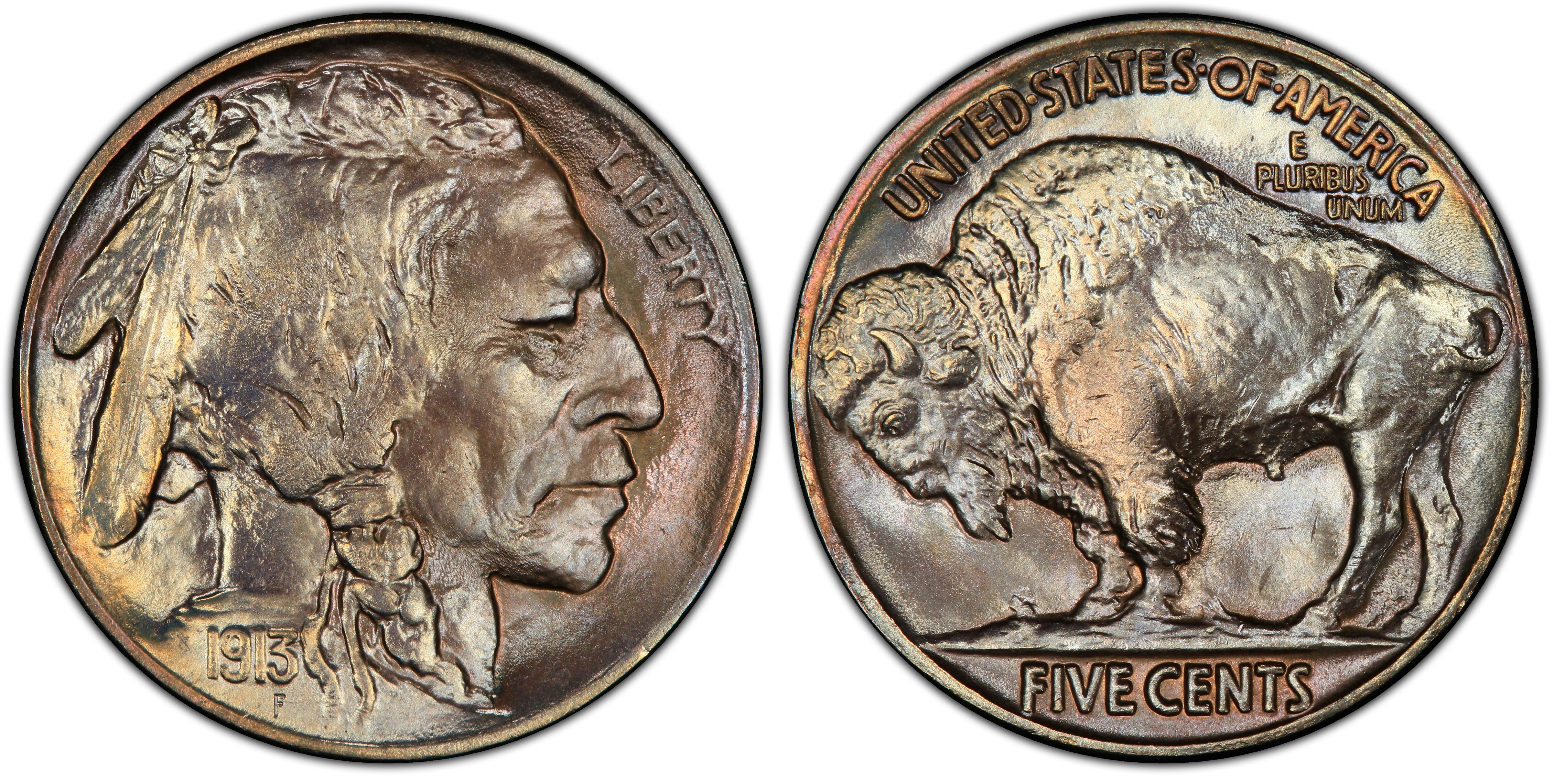
Although the coin's obverse displays a familiar face, the question of who served as the model for the original 1911 composite has sparked considerable controversy. The design is believed to be a blend of various Native American influences, lacking distinct characteristics from any single individual.
The precise identities of these figures have remained elusive, with James Earle Fraser himself providing different names when questioned about the composite during the nearly half-century between its creation and his passing.
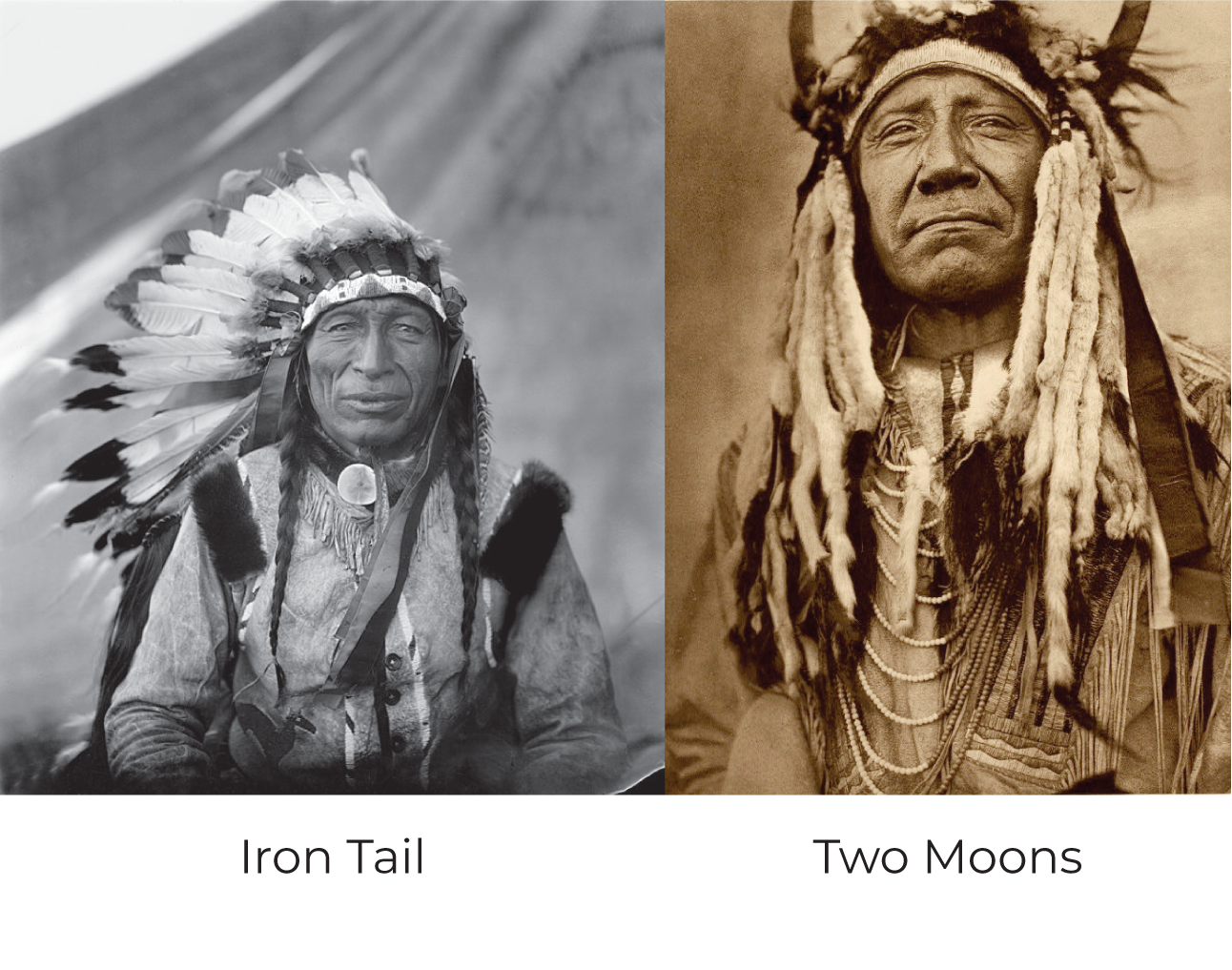
Among the Native Americans most frequently associated with the design are Iron Tail and Two Moons, both prominent figures in the early 20th century. Claims have also emerged from individuals like Two Guns White Calf, the son of the last Chief of the Blackfoot Native Americans, and John Big Tree, who famously referred to himself as the "nickel Indian." However, the U.S. Mint has consistently contested the existence of any confirmed composite model. As a result, uncovering the genuine identities of the Native Americans involved is likely to remain unknown.
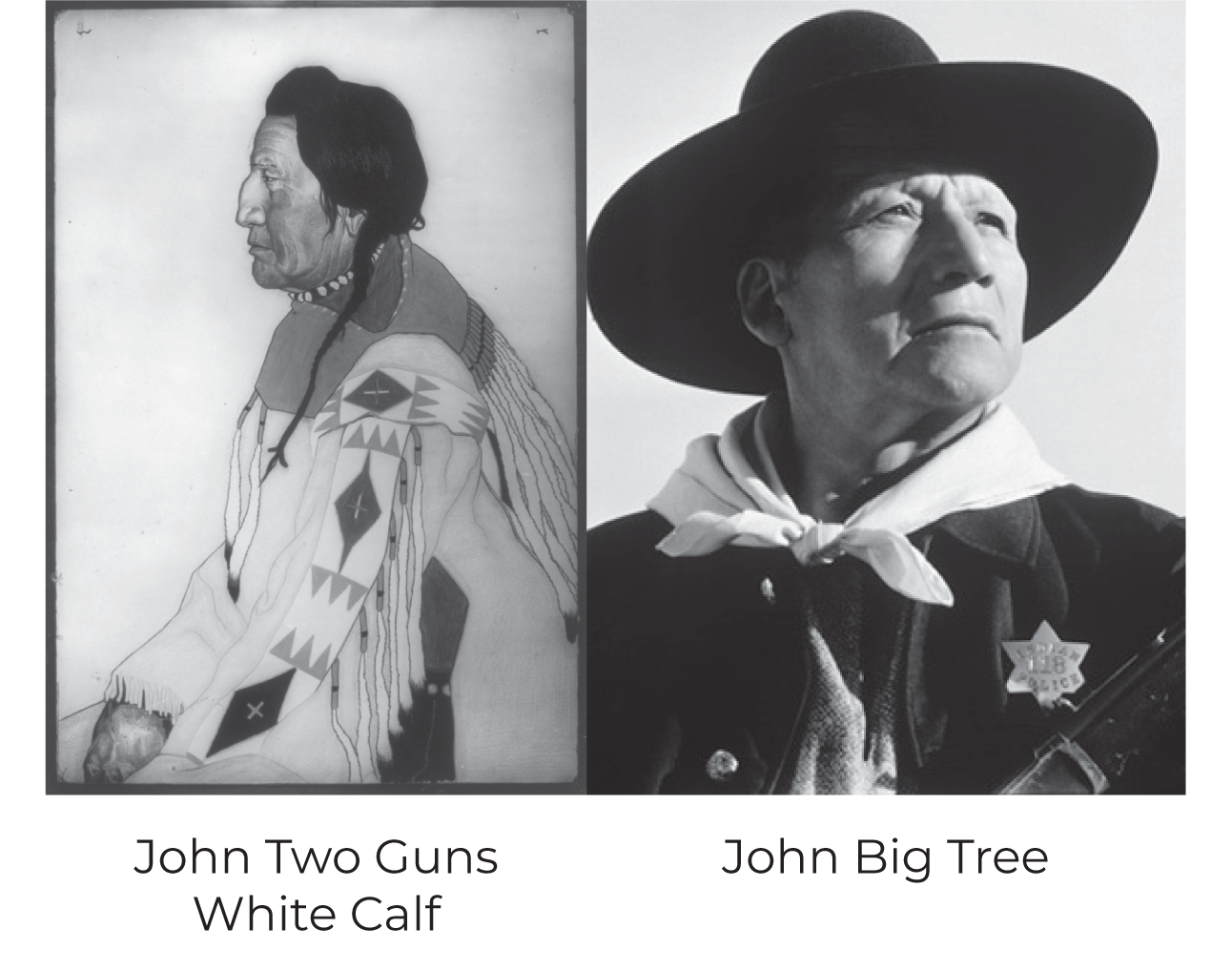
The reverse side of the coin, featuring the iconic buffalo that lends its name to the coin, carries its own share of controversy. This controversy primarily concerns James Earle Fraser's account of the buffalo model and whether it can be regarded as trustworthy.
In contrast to the obverse side, Fraser asserted that he had a direct model for this composite – an American bison named Black Diamond. However, according to the artist, the bison was not particularly cooperative. Fraser often remarked, "[Black Diamond] steadfastly refused to allow me to capture side views of him, persistently presenting his frontal aspect most of the time."
What adds an intriguing layer to Fraser's narrative is that it doesn't quite align with the facts, casting doubt on whether Black Diamond was indeed the model for the coin. Several inconsistencies emerge.
Fraser claimed to have sketched Black Diamond at the Bronx Zoo, where the bison was supposedly housed. Yet, historical records indicate that the bison was never situated there; instead, he resided at the Central Park Zoo until his sale in 1915.
Another discrepancy lies in the placement of the bison's horns on the coin, as they differed significantly from the actual location of Black Diamond's horns. These disparities lead experts to question whether Black Diamond truly served as the model. While no concrete evidence points to the use of another animal for the design, the enigma surrounding Fraser's account of Black Diamond may be another mystery forever unsolved.
BULLION
GOLD
GOLD COIN
HISTORIC GOLD
GOLD EAGLE
HISTORIC
CABRAL
NGC
ANNA CABRAL
SIGNATURE
SIGNATURE SERIES
ANNA CABRAL SIGNATURE
SILVER
SILVER COIN
COINS
HISTORY
COLLECTOR
CENT
LIBERTY GOLD
LIBERTY HEAD
LIBERTY
PRE-1933
PRE-1933 GOLD
EAGLE
SILVER EAGLE
PROOF
PROOF COIN
PALLADIUM
PALLADIUM EAGLE
PALLADIUM COIN
PLATINUM
REVERSE PROOF
INDIAN HEAD
INDIAN GOLD
INDIAN
LAST YEAR OF ISSUE
FIRST YEAR OF ISSUE